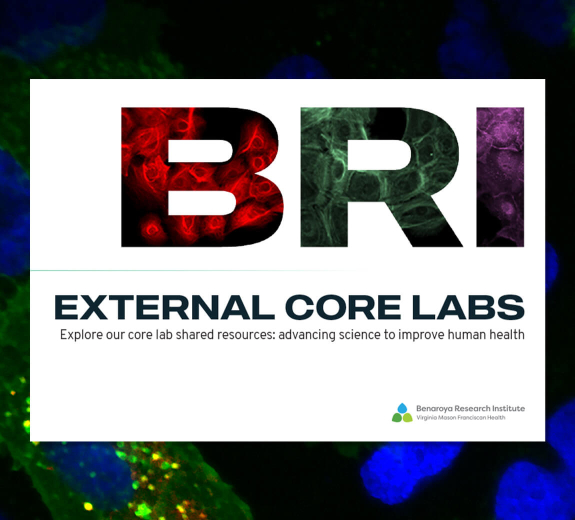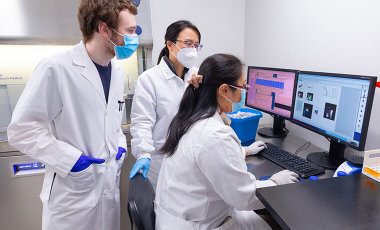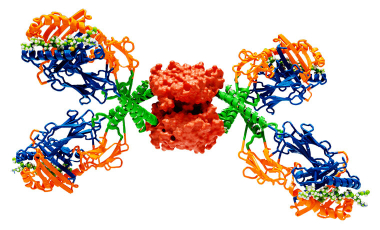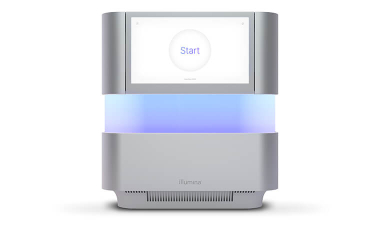
BRI External Core Labs
BRI’s core laboratories are home to some of the most advanced scientific technologies available. These tools fuel breakthroughs in the lab and lead to advances in patient care. All BRI scientists, as well as scientists from outside of BRI, can access our core labs. Each lab is led by a field-expert who is available to support scientists as they leverage these tools and technologies.

CATA Group
The Cell and Tissue Analysis Group analyzes, selects, sorts and identifies cells in a variety of parameters. It is comprised of the following areas: flow cytometry, imaging and histology.

Human Immunophenotyping Core
The Human Immunophenotyping (HIP) core at the Benaroya Research Institute (BRI) provides access to cutting-edge technologies and services enabling study of human immune-mediated diseases.

Tetramer Core
The Tetramer Core Laboratory provides MHC class II tetramer reagents for collaborators both within and outside BRI. Tetramers produced in our facility have been used to detect CD4+ (helper) T cells and have facilitated the study of viral immunity, autoimmune diseases, allergic responses and cancer.

Genomics Core
The Genomics Core provides resources to internal and external investigators for sequence analysis, from sample processing through data generation, as well as basic bioinformatics analysis, provided by our Bioinformatics Group. Currently available technologies focus on Illumina sequencing, from single cells to bulk populations, including low input samples.


